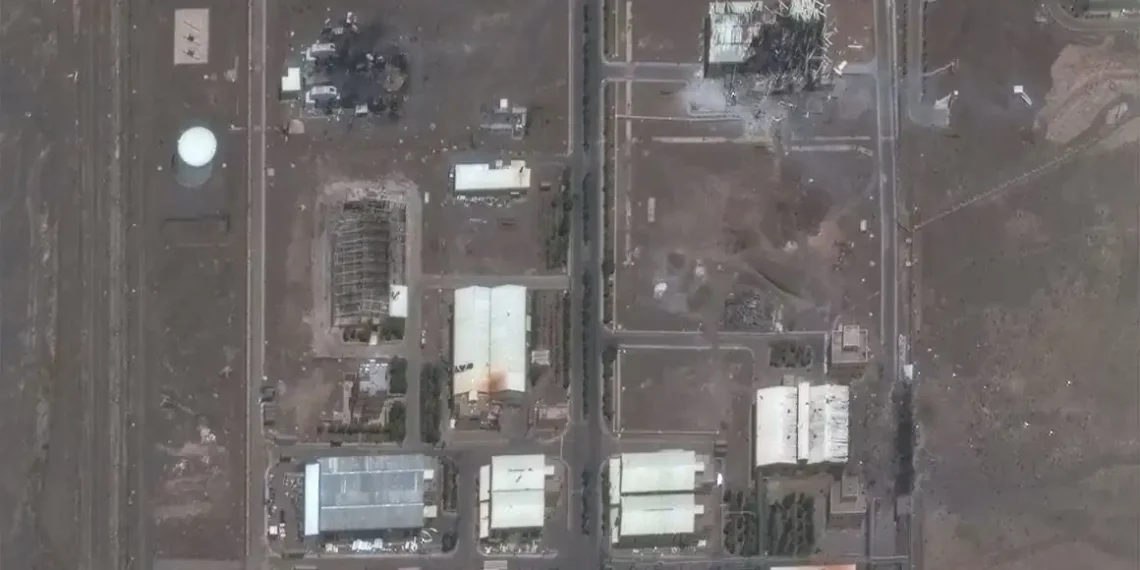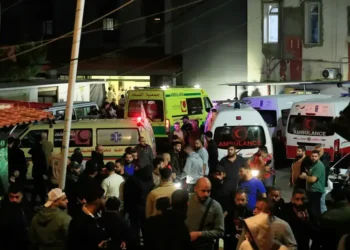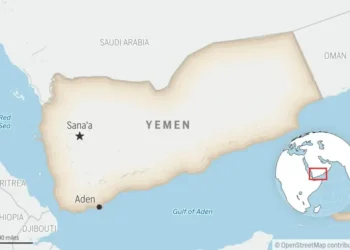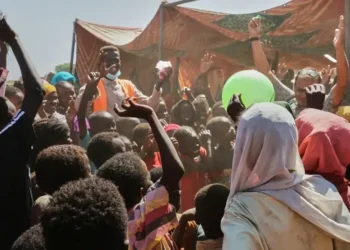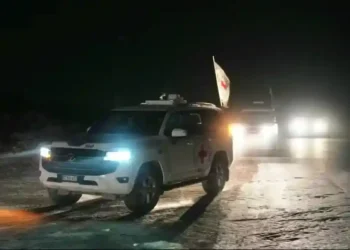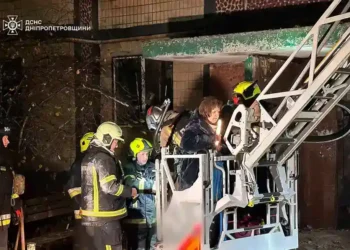What We Know About the Three Iranian Nuclear Sites Struck by the U.S.
As the conflict between Iran and Israel stretches into its second week, tensions escalated sharply this weekend when the U.S. launched strikes on three of Iran’s most critical nuclear sites. President Donald Trump confirmed the attacks Saturday evening on Truth Social, naming the targets: Fordow, Natanz, and Isfahan.
These sites aren’t just symbolic—each plays a major role in Iran’s nuclear ambitions. Here’s a closer look at what makes them so important, and why they were targeted.
Natanz: The Heart of Iran’s Enrichment Program
Located about 150 miles south of Tehran, Natanz is Iran’s largest uranium enrichment facility—and arguably the most vital. This sprawling complex has been enriching uranium since 2003 and is considered the core of Iran’s nuclear development.
According to the International Atomic Energy Agency (IAEA), Iran has used Natanz to enrich uranium up to 60% purity. For context, weapons-grade uranium sits at 90%. That makes Natanz a red-flag site for any international watchdog.
The site includes six above-ground buildings and three underground structures. Two of those underground facilities are reportedly capable of housing 50,000 centrifuges, according to the Nuclear Threat Initiative (NTI).
In the latest U.S. strikes, the above-ground portion of Natanz’s Pilot Fuel Enrichment Plant was destroyed. Satellite imagery confirmed the damage. U.S. officials also said earlier strikes knocked out power to the lower levels of the facility—where many centrifuges are kept—crippling some of Iran’s underground nuclear operations.
Fordow: Iran’s Hidden Fortress
Fordow is the most secretive of the three. Tucked into a mountain range near the holy city of Qom, this heavily fortified facility is estimated to lie about 80 to 90 meters (260 to 295 feet) underground.
That depth makes it nearly impervious to conventional airstrikes. In fact, U.S. bunker-busting bombs are likely the only weapons capable of reaching that far underground, and even then, experts warn it may not be enough to completely destroy it.
So why is Fordow such a big deal? Because of what’s happening inside.
The Institute for Science and International Security (ISIS) estimates Iran could convert its current stockpile of 60% enriched uranium into enough weapons-grade material for nine nuclear bombs—in just three weeks—using the centrifuges at Fordow.
Recent IAEA reports also show Iran has ramped up uranium production at the site, which now houses 2,700 centrifuges.
Isfahan: The Brain of the Nuclear Program
Located in central Iran, Isfahan serves as the research and development backbone of the country’s nuclear efforts.
Built in partnership with China and opened in 1984, the site employs around 3,000 scientists and is widely believed to be the nerve center of Iran’s nuclear research.
According to NTI, the facility includes:
- Three small Chinese-supplied research reactors
- A uranium conversion plant
- A fuel production facility
- A zirconium cladding plant (used in reactor fuel)
- Various labs and support buildings
In short, Isfahan isn’t where bombs are built—but it’s where the know-how and materials come together.
Why These Strikes Matter
All three sites—Natanz, Fordow, and Isfahan—represent different pillars of Iran’s nuclear program: enrichment, weaponization potential, and research. Taking them out, or at least weakening them, signals a dramatic escalation in the U.S. response to rising tensions in the region.
While it’s too soon to tell how deeply the strikes have set back Iran’s nuclear ambitions, one thing is clear: these were no random targets. They were deliberate, high-stakes moves aimed at the very core of Iran’s nuclear capabilities.
This article was rewritten by JournosNews.com based on verified reporting from trusted sources. The content has been independently reviewed, fact-checked, and edited for accuracy, neutrality, tone, and global readability in accordance with Google News and AdSense standards.
All opinions, quotes, or statements from contributors, experts, or sourced organizations do not necessarily reflect the views of JournosNews.com. JournosNews.com maintains full editorial independence from any external funders, sponsors, or organizations.
Stay informed with JournosNews.com — your trusted source for verified global reporting and in-depth analysis. Follow us on Google News, BlueSky, and X for real-time updates.
